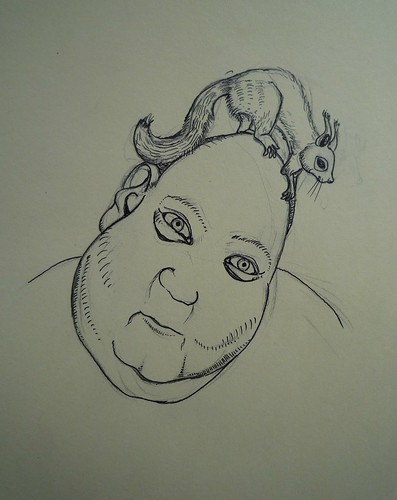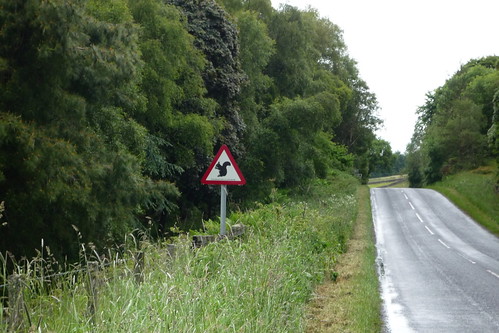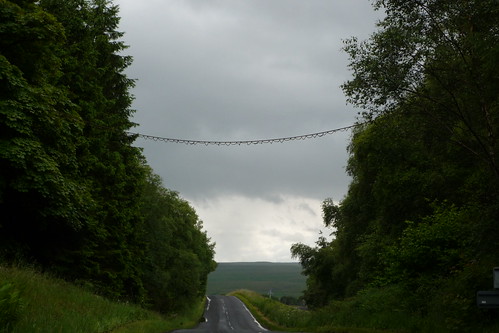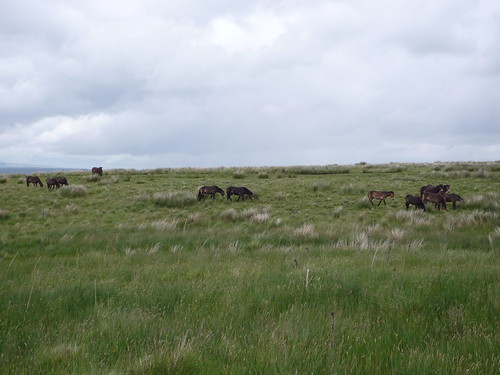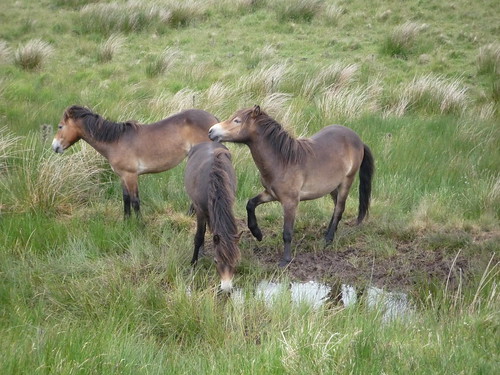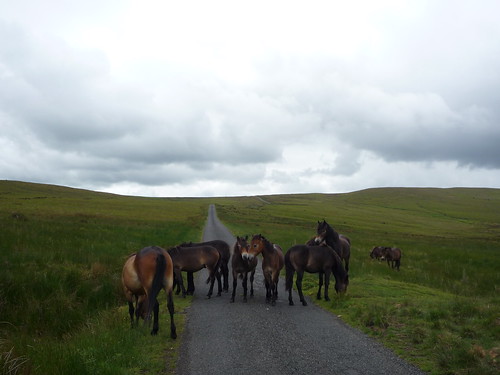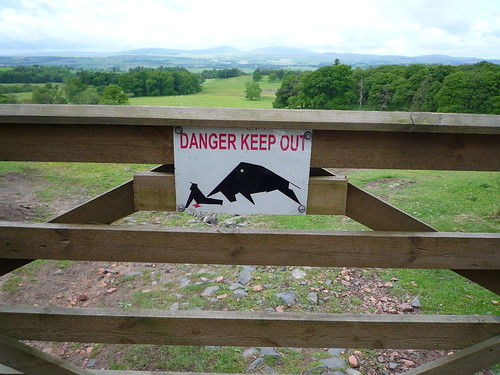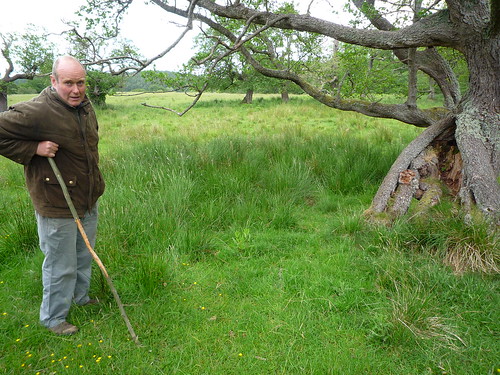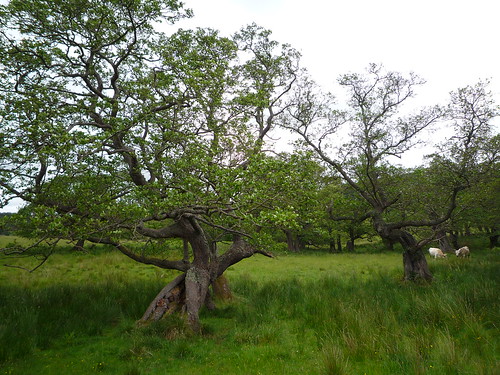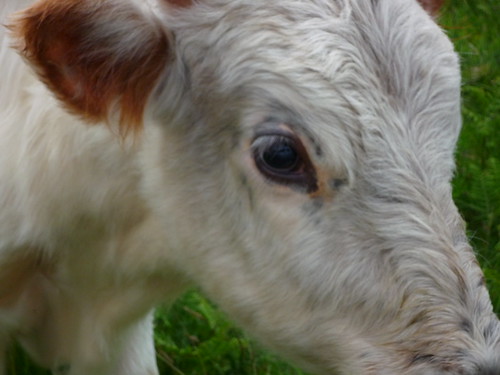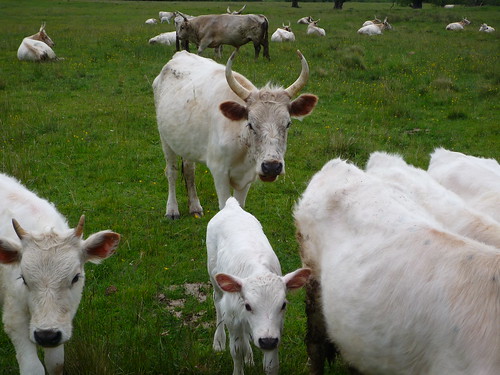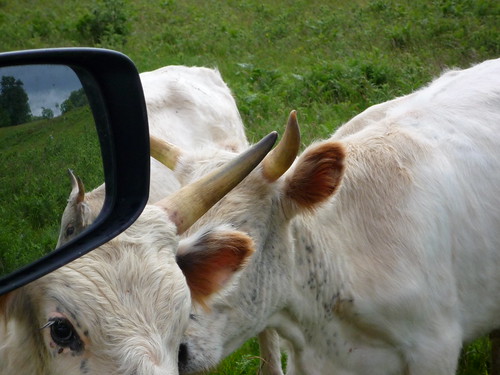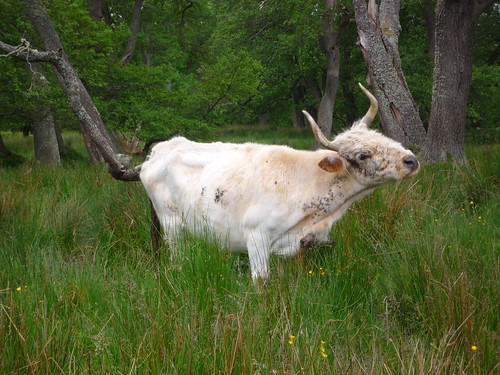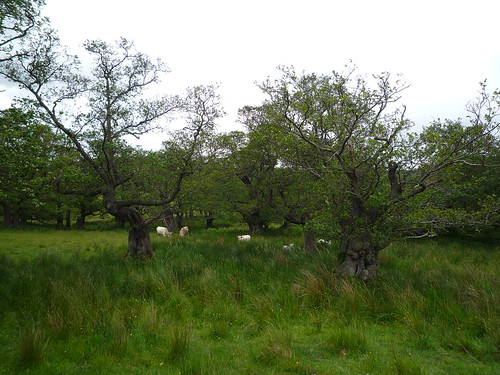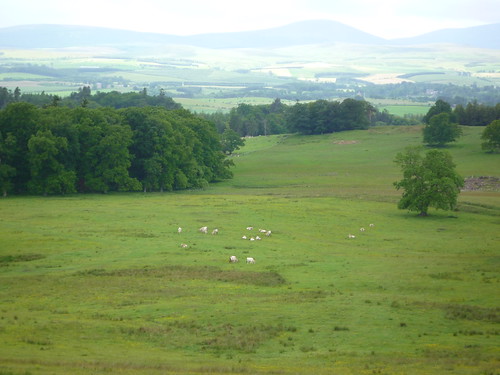Definition from Plantlife International:
At the end of the last ice age, and up until around 8,000 years ago, Britain was connected to the rest of Europe by land. Plants and animals moved north as the ice retreated, taking advantage of new habitats available to them. When the land bridge was flooded most plant species would no longer arrive in Britain of their own accord, but would rely on being brought here by people. This ‘closure’ of the land bridge is the widely-accepted cut off point for determining which plants are native and which are considered to be non-native.
‘Non-natives’: Plants that were brought to Britain by people, either intentionally, including crops and ornamental garden plants, or unintentionally, for example by being inadvertently mixed with crop seeds.
Within this ‘non-native’ category it is common to distinguish between plants brought to Britain before 1500 AD (called archaeophytes – literally ‘ancient plants’) or after 1500 AD (neophytes – literally ‘new plants’).
This distinction roughly correlates (in Europe at least) with the rise of long-distance cross-oceanic trade. In other words, when species started to be moved frequently across biogeographical barriers. So the plants and animals brought to Britain by the Romans and the Normans are archaeophytes, whereas those brought here from the Americas or the Far East are neophytes.
Archaeophytes include many arable plants that have declined substantially in Britain in recent years. Neophytes include many widely-cultivated garden plants. People who are concerned about non-native invasive species are usually most worried about neophytes. One reason for this is the breaching of those biogeographical barriers, and so the increased likelihood that native species will have no coping strategies to deal with the newcomers.
Another reason people are particularly wary of neophytes is the lag effect commonly displayed by non-native invasive plants. Non-native invasive plants are often present in Britain for several years before ‘taking off’ and beginning to cause problems. Neophytes are more likely to still be in a lag phase than archaeophytes.
‘Non-native invasives’: Some plants grow rapidly, can produce many thousands of seeds, or can reproduce without seeds. They can colonize a habitat and quickly ‘take over’, displacing native plants by smothering them, out-competing them for resources, or even poisoning the soil around them so that other types of plants can no longer grow there.
Most non-native plants are not invasive and pose no threat to the countryside. Plantlife has no desire to stop people selling, buying, using or growing these plants. What we are concerned about is the small number of ‘non-native invasive’ plants that cost both the environment and the economy dear.
So why do some plants become invasive?
Three key groups of factors commonly combine to enable a plant to become invasive:
1) In their natural ranges, invasive plants are often common but not problematic. Their extent is limited by pressures placed on them – for example from herbivores and fungal diseases. When plants are placed in a new environment, these containing pressures are rarely transported too, giving the new plants an advantage over native plants which are still affected by pathogens and herbivores.
2) Invasive plants often have characteristics such as fast growth, prolific seed production and/or an ability to spread vegetatively (without the need for seeds), an ability to tolerate wide ranges of growing conditions (soil types or water pH, for example), and a range of ways in which seeds can be spread locally and over larger distances (say, by wind, water or animals). People are often instrumental in spreading invasive plants.
3) The environment that the new plant is placed in is in some way disturbed or damaged, providing the opportunity to invade. For example, in polluted water systems, more nutrients are available than can be used by the native plants present, giving the invading plants an opportunity to get established.



